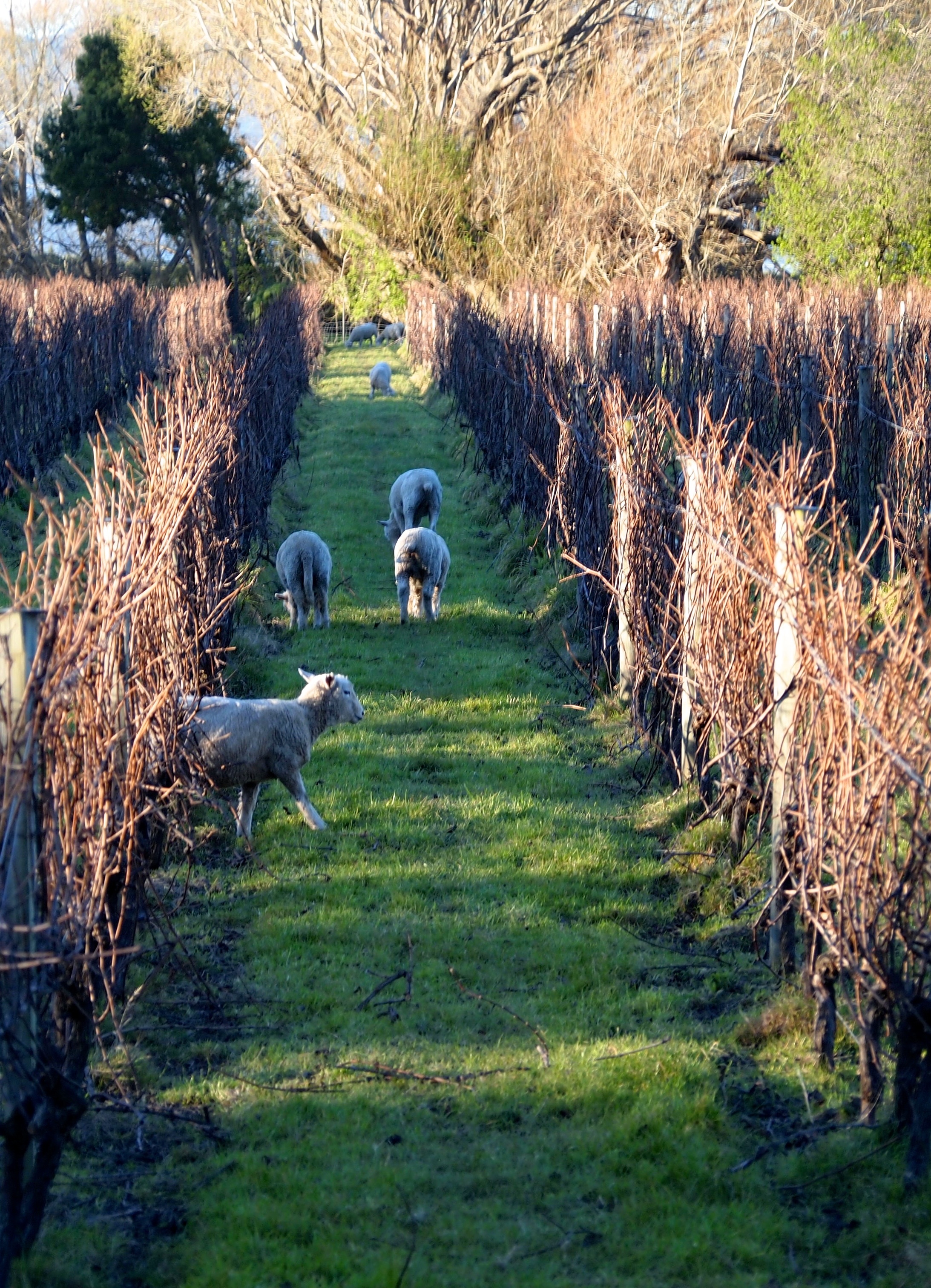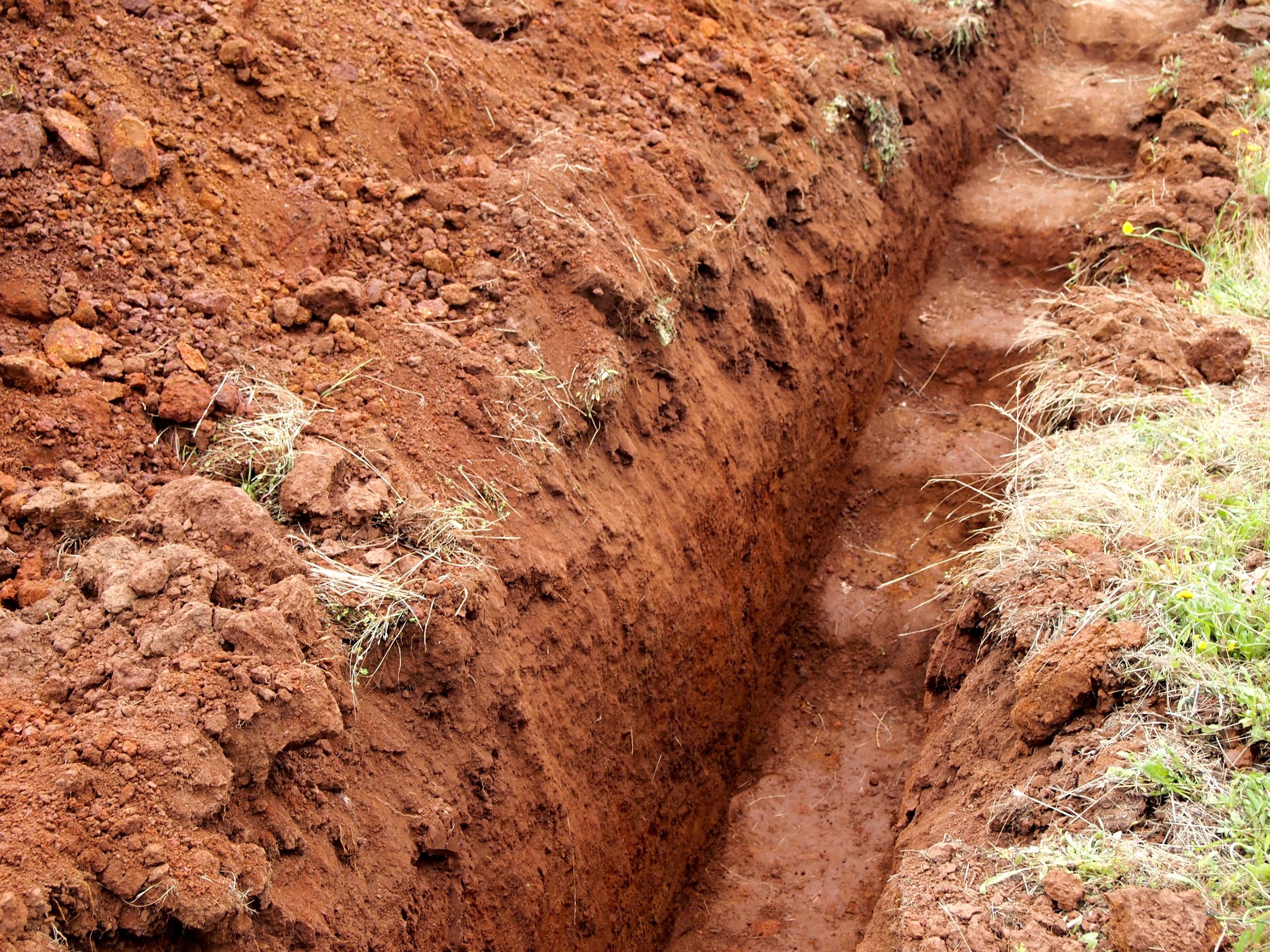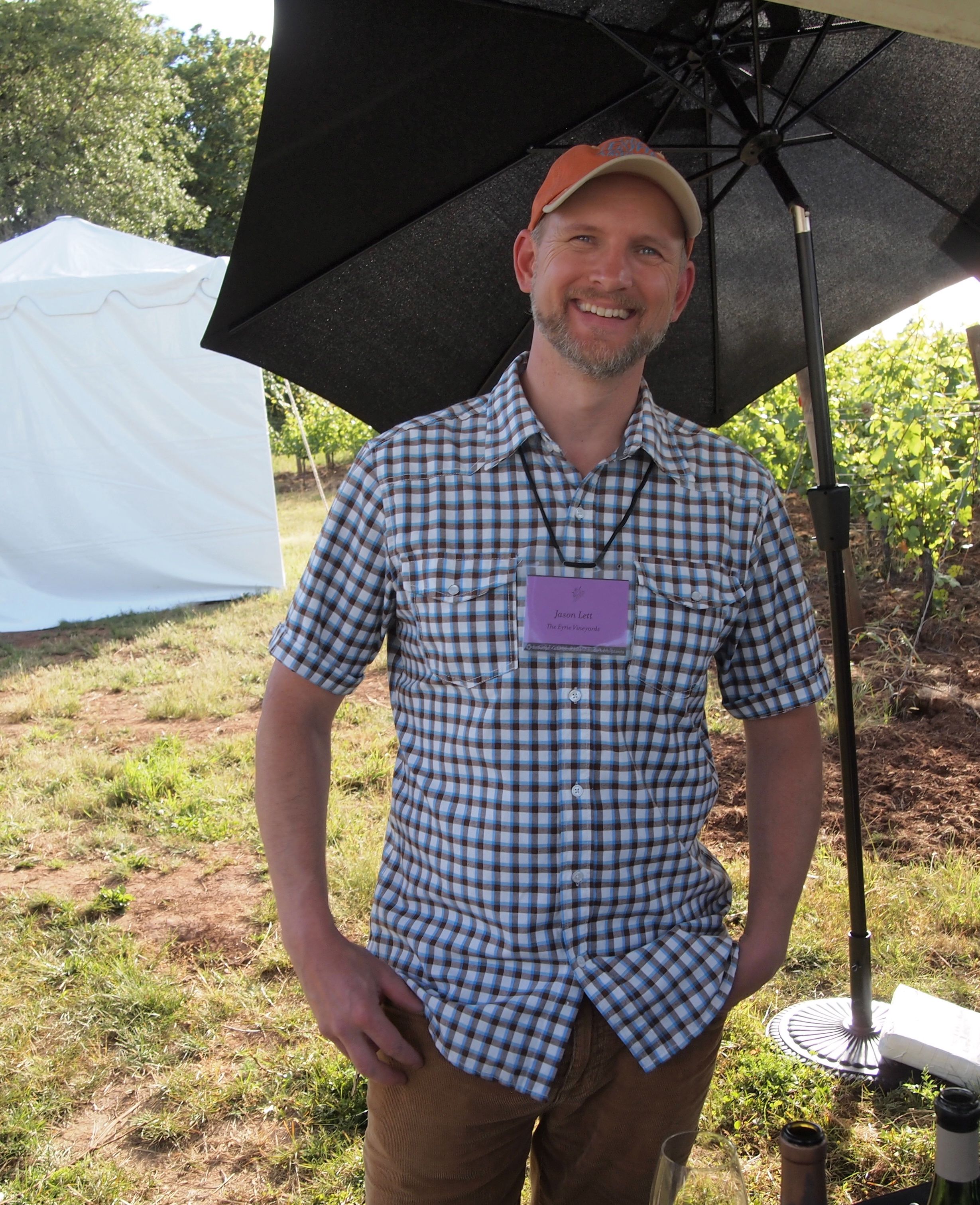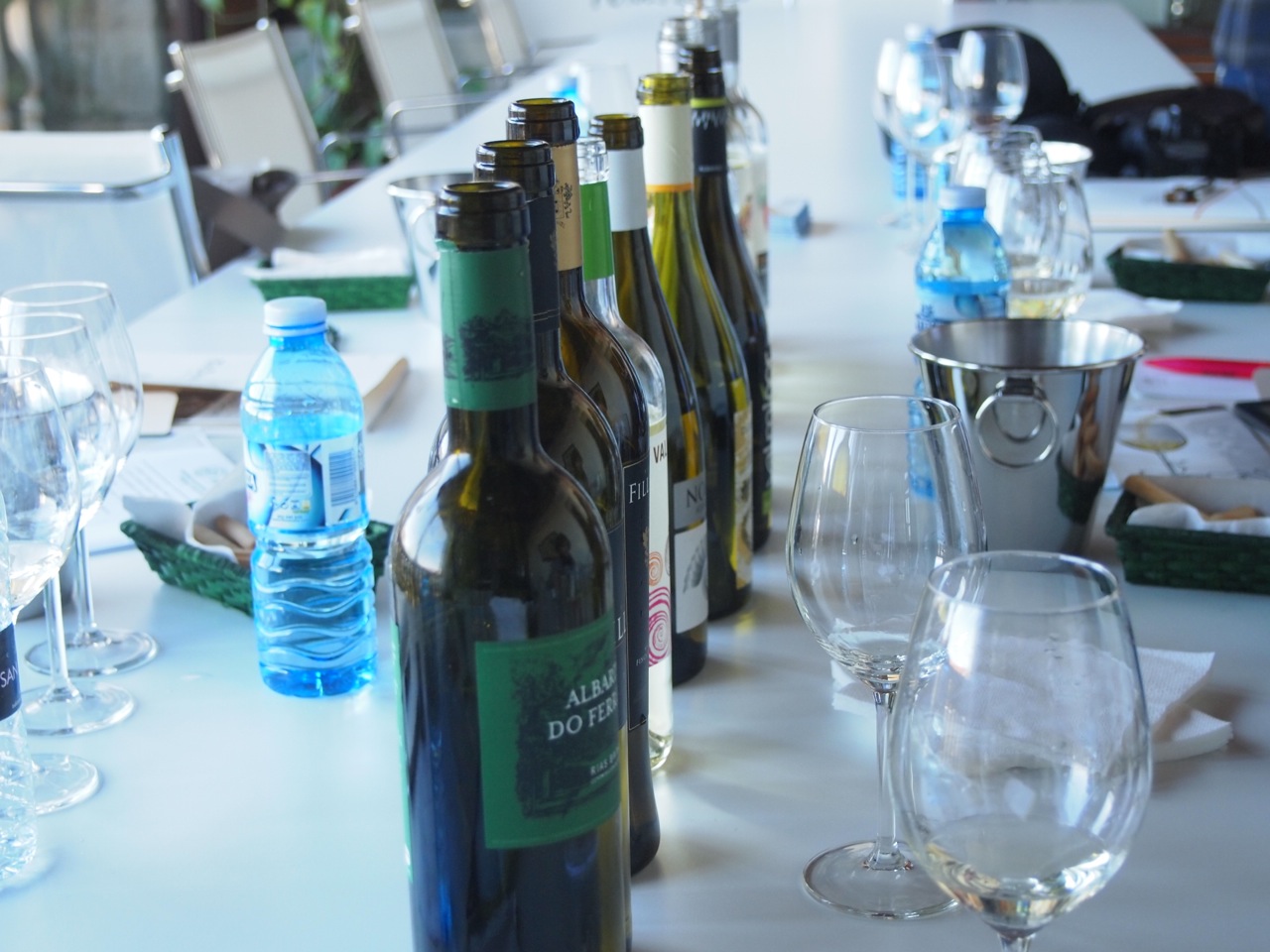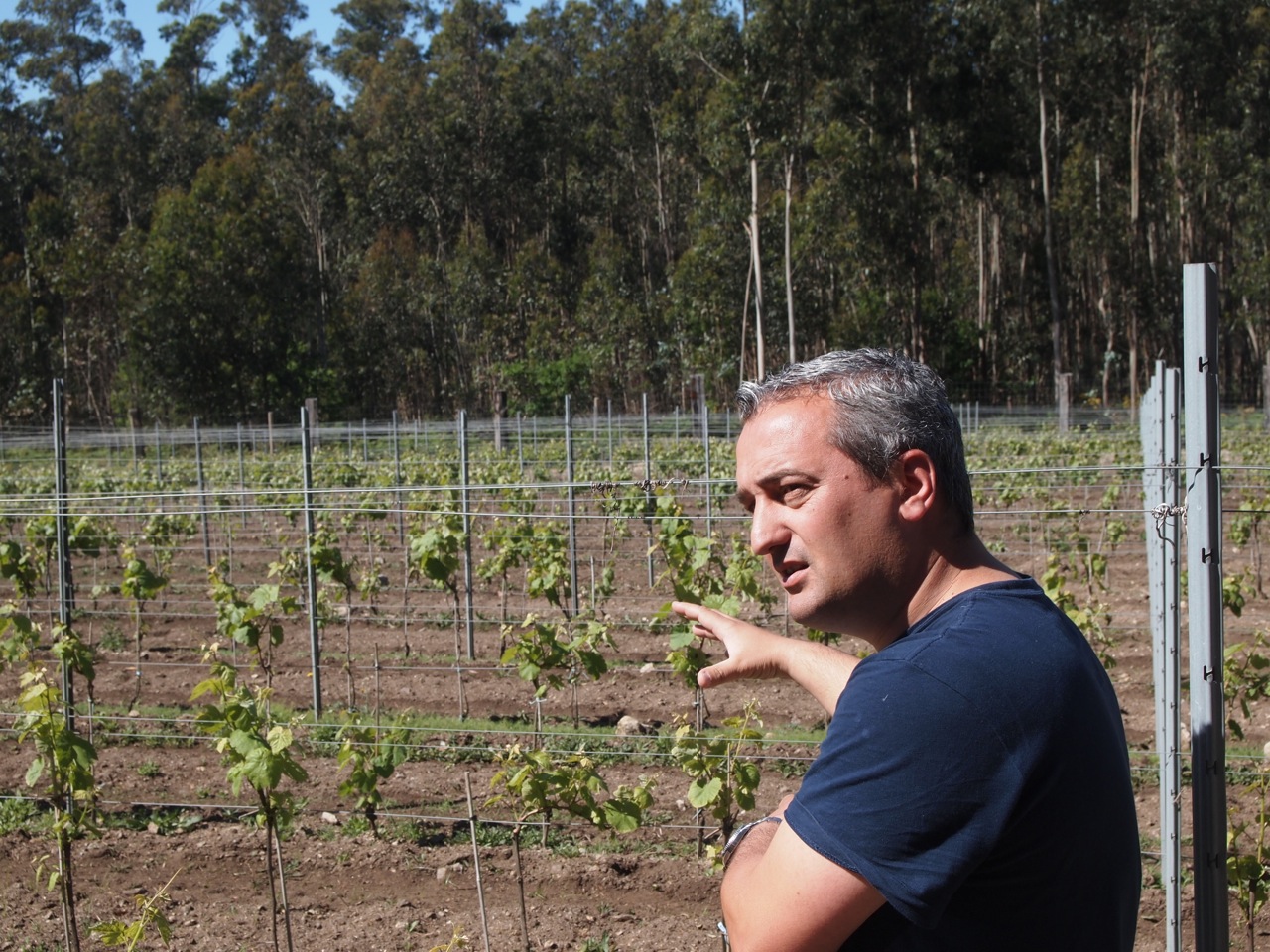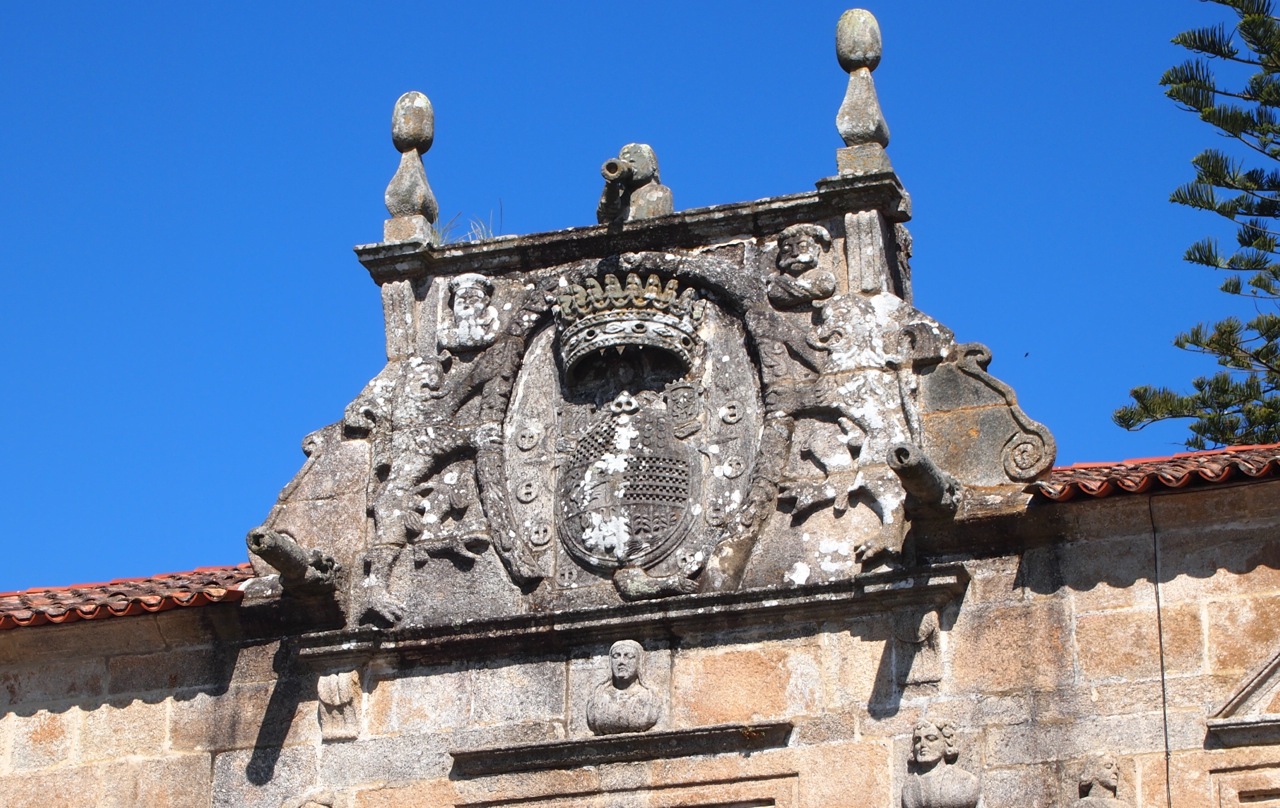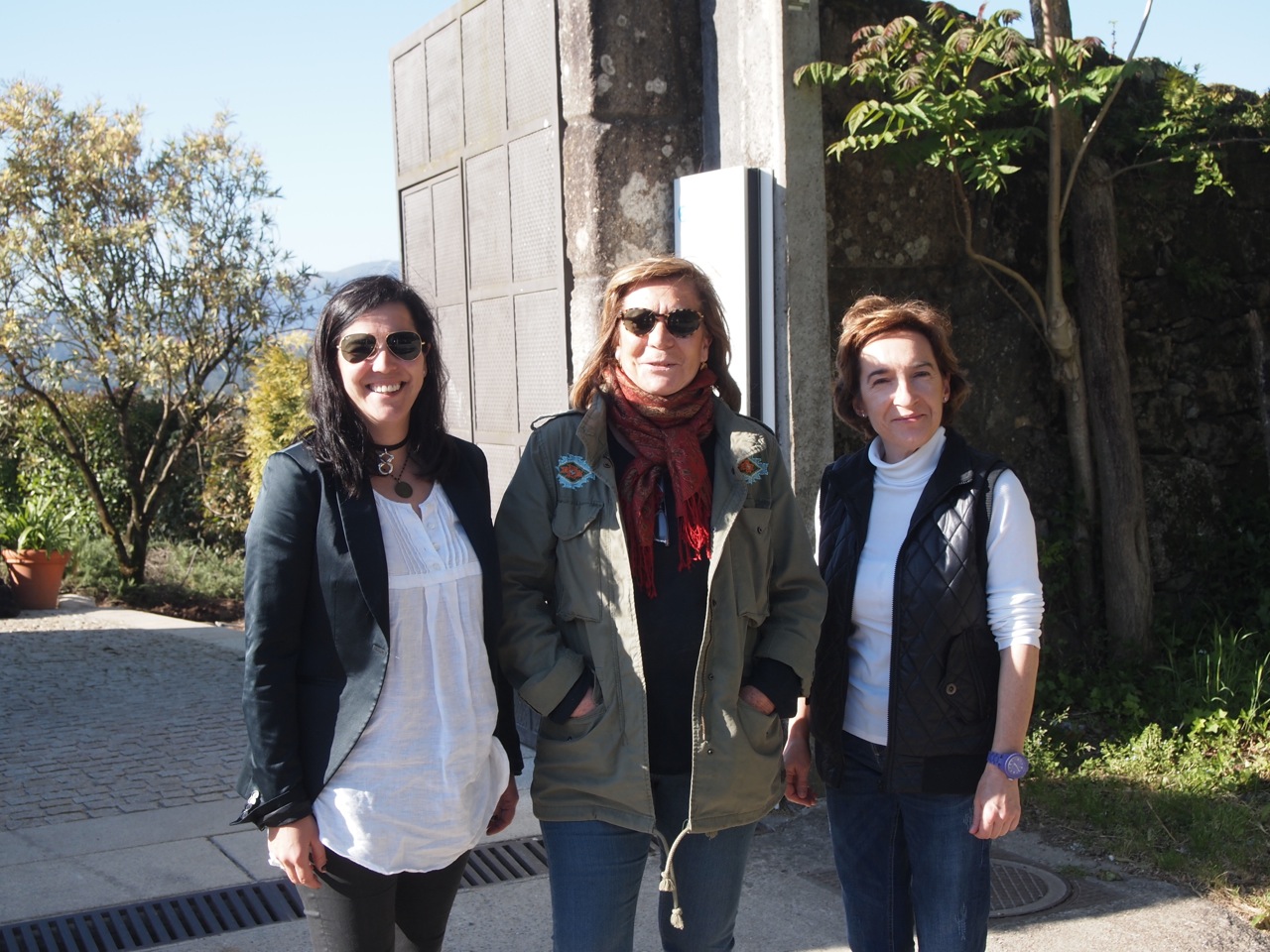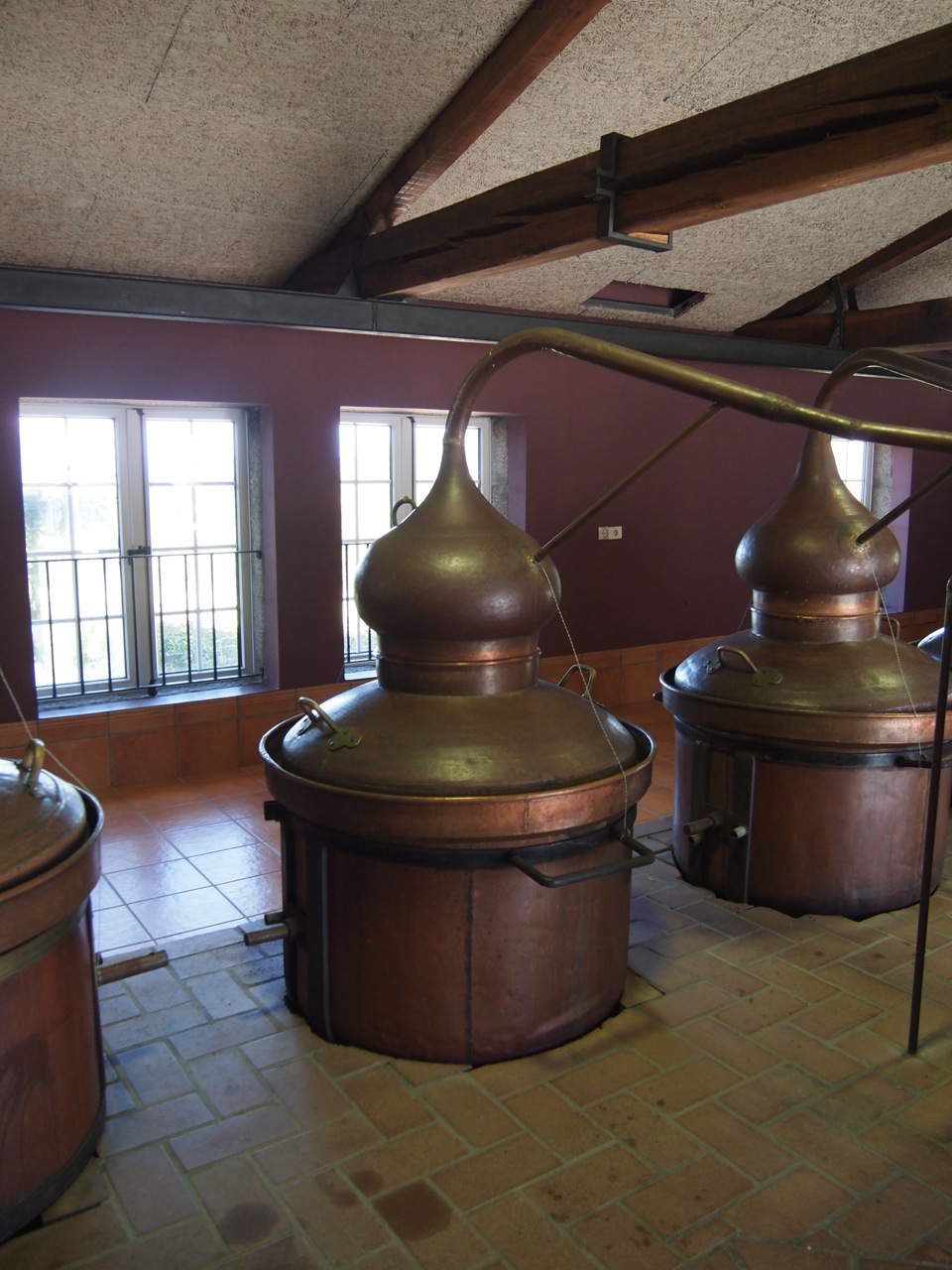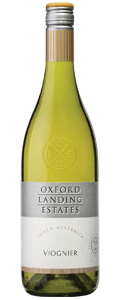Since winning the title of Europe’s Best Sommelier I have given quite a few interviews to more or less wine savvy journalists. It is not unusual to sense some unease on their part when we talk over the phone or in some café. Some even begin the conversation by apologizing for now knowing enough about the subject. Others, who have reluctantly been handed the task by a superior, almost go out of their way to make sure that I know that this type of snobbery is below them. Appreciation of fine wine belongs to the same level of culture as opera, perceived by many as utterly pretentious and thus for most journalists easier to mock than understand and interpret. So far, no matter the outset, the conversations have blossomed to something interesting but sadly far outside the scope of the 500 words or so they’ve been asked to produce. So I thought I would elaborate on one of the things I have been harping on about which deserves more in depth discussion: Why wine is important to humanity and why everyone should be paying attention to it.
Why wine?
Invariably, once the reporters figure out that I am not an arrogant snob (well, I am, but maybe not the sort they were expecting) but a pretty average guy, one of the questions they want answered, is: Why wine? How did you get into this? And why should we take wine seriously, when it really just boils down to another way to get drunk?
I suppose it is a relevant question, and I do not have a good, quick answer. Wine was not seen all that frequently in my childhood. My mother and father had belonged to some wing of the intellectual left and red wine was the drink of choice, but when I was growing up, money was scarce and the little wine that made it to the dinner table was but pretty basic, cheap stuff. My father held some notion of what he liked (more often than not Italian or Spanish, made at some cooperative or industrial giant’s modern facilities). The selection was made not by grape or region but by brand name, even though some old-school appellations like Rioja did hold some kind of cache. My mother, who worked in rehabilitation of alcoholics and other addicts, never really kept alcohol around, except for about once a year when a bottle of Campari (usually drunk with grapefruit juice to make it even more bitter) appeared and disappeared. She still claims that the best wine she had ever had was some mystic brew served around a campsite in Morocco from an unlabeled bottle.
Flavor had always intrigued me though. I had never been a picky eater, and I liked cooking and eating. When my parents got divorced, I was about 10 years old. My mother worked shifts and when she was working nights I cooked for my siblings. She would not have us eat junk food. What I cooked was rudimentary stuff, but it taught me to experiment with sweetness, acidity and the interplay of spices and to this day I still cook a mean Bolognese or Chili con Carne and hold a special love for anything simmered for hours. Even earlier, for my seventh birthday, I asked to be taken out for sushi, which I had never had. In the early nineties in Sweden, this was not an easy task. The sole Japanese restaurant in town did not serve sushi, but they could do sashimi and were happy (albeit intrigued) to do it when they learned that I had asked for it. I probably found it more interesting than delicious, but did not let it show. I even held dreams of being a chef and did take some restaurant jobs at an early age. However, decent enough grades in school made me feel like I was throwing away the effort by going to culinary school, which at the time was basically a haven for petty criminals and potheads who couldn’t qualify for anything else. I should probably be glad I didn’t go that route.
As for alcohol, I did get to taste wine at the dinner table from time to time, but had to wait until I was 16 or so to get a small glass of my own. By that time, I was more used to beer or polish vodka bought out of the trunk of some smuggler’s car and drunk outside in parks and on beaches or if we were lucky, in someone’s house abandoned by adults for the weekend.
I went straight from high school to the university, probably fuelled by an urge to move out more than to study. I pursued an education in nanotech engineering. It was fine enough, although two years in I decided to take a break and never returned. What I did find at university though were older peers, with more developed tastes in music, art, food and drink. We held big dinners, cooked and spent our money on craft beer, better booze and occasionally decent wine.
During my break one of my friends got me a job at the state’s monopoly liquor store. I ended up staying for almost two years. I approached wine like everything else; if I was going to do it, I would be good at it. It was something to master and learn quickly. It appears I am still working at it.
The first wine that I can remember really catching my attention was a simple nebbiolo from Piemontese giant Fontanafredda. It might be hard to grasp now, but at the time, I was blown away. How could a glass be filled with so much nuance and beautiful, floral fragrance? From that point, I was hooked. I have retasted the same wine since and while it is still decent enough, it doesn’t quite live up to my romantic recollection. But nebbiolo still fascinates me, and holds a special plane in my own pantheon of grapes.
At the shop, which as any swede knows is a pretty dull and sterile place, I didn’t get to taste a lot, but I met some great people who gave me guidance and tips to push me forth and finally, as my interest grew beyond the shop’s needs, encouraged me to quit and go the route of the sommelier. I probably haven’t told them enough how thankful I am for that.
I will not bore you with the rest of that story. You know how it ends.
Why everyone should care about wine
Many of my family and old friends, even though they are proud of my accomplishments, fail to grasp how wine can fill so much of my life, especially during these last few years when I have dedicated virtually all my time to it. Sure, it can be tasty enough and the inebriation it brings has a plethora of positive side effects (until it doesn’t any more). But I truly feel that wine is important and can play an integral part in bringing humanity onto a path I fear we’re losing track of.
In an age where we are busier than ever and we are getting more and more disconnected from nature, wine can provide a promising contract. It is one of very few consumable goods that has an easily recognizable and meaningful origin. It is one of the last ties we have to the soil that feed us. With branding and industry trickery, it might be moving further away, but there is at least a thread of hope that we can work with!
Sure enough, in fine dining establishments around the globe you can listen to endless tirades about which farmer has grown the ingredients that lie artfully scattered on your plate, but this is hardly something most people get to experience (and most of those that do seem to find it a mind-numbing exercise).
As for food, we have for the most part stopped buying vegetables grown locally and seasonally. Shiny tomatoes and pristine apples lie in droves in the supermarkets even in February. At at the slightest discoloring or bruising, they get rejected and thrown out. They taste about as interesting as a piece of plastic, even in season, as all the flavor has been bred out of them in favor of looks and stability. In many countries it is now illegal to butcher your own meat and sell to your neighbor or god forbid, to make cheese with your raw milk to the farmer’s market. Everything is standardized, boring and bland but at least safe and plentiful.
(That this sort of practice of growing food is highly dependent on oil and its derivatives and is depleting the topsoil at an unprecedented rate is an entirely different, but infinitely more important discussion that we will need to have very soon.)
In the process of prioritizing more money and more gadgets over dinner time with the family, we have forgotten about real food, and most young people in the west today are shocked at the prospect of eating for example offal or homemade sauerkraut. At least once a week I have to explain to the cashier at the market what common vegetables are. “That’s celery” or “That’s not iceberg salad, it is a head of cabbage”. It’s a shame.
So what does this have to do with wine?
Since the eighties and the rise of Parker and dominance the American market, we’ve been told that "the truth is in the glass", i.e. that taste is all that matters. Wine writers' top priority has been "de-mystifying" wine, to make sure that consumers are not scared off by terminology or anything remotely difficult to understand (or pronounce).
While it has done a lot of good, this philosophy has also been responsible for reducing wine to a commodity like any other. If wines only responsibility is its flavor, who cares about where it comes from and the stories of who made it? Who cares about context when they can have “gobs of hedonistic pleasure”?
Even though most people view wine as just a tasty beverage that gets them tipsy and relaxed over dinner and have no notion of what the “Ribera del Duero”, “Châteauneuf-du-Pape” or “Sonoma Coast” on the label implies, the information is right there for those who want to seek it. Combined with the collective wisdom of the known universe that is available at all times via your smartphone even the most useless appellations, like South Eastern Australia gain a certain meaning. Five minutes on Google will at least tell you how little it implies and thus point you in another direction next time. The name and address of the producer is printed on the label and within seconds you can see images from the vineyards and read vintage reports from the family that owns the vineyards, or perhaps even enter into a Twitter conversation with the winemaker herself. Spend half an hour and you can start to grasp the history of the place, understand what has shaped it through the years; factors like wars, trade, religion and climate. All of a sudden you are connected directly to the soil through the pipeline that stretches from the roots of the vines to your taste buds. And there is no doubt that this intellectual exercise can change, and hopefully ameliorate the aesthetic value of what’s in the glass.
Granted, most of the bottles on the shelves of your local wine pusher are probably lacking in what I call “personality”, by which I mean something that makes them distinctive and unique. The concept is related to terroir, but not equal. There are wines without a true sense of terroir that can still have personality; Champagne and Madeira come to mind as immediate examples. When explaining what I mean by personality in wine, I use people as a metaphor: We’ve all encountered that stunningly beautiful woman or man who upon further investigation turns out to be mean, self-absorbed or just plain boring. They can still be pretty to look at, but usually their appearance also fades in our minds after this unpleasant discovery. The pleasure they can offer is at best momentary. The opposite is of course possible as well. The Holy Grail, the 10-pointer with a PHD and great humor (who is willing to talk to you) is naturally a very rare thing, but ultimately worth searching for.
Wine is very much the same and I think we should apply the same objective in drinking that we do in our romantic lives. What makes it even better is that our taste in (partners and wine) is different and the combination of aesthetic beauty and unique personalities almost limitless. Making the case for romantic promiscuity is problematic, so I will stick to the vinous kind.
So how do you find these rare gems? Well, there is no step-by-step guide, and trial and error is probably the only way. The best thing a beginner can do is to let an expert, a proper wine merchant or sommelier guide you. They have certainly taken the wrong path a few times and found their way again, and their knowledge can help you from making the same mistakes.
Wines with soul and personality are not by necessity expensive, although once you start finding them and delving deeper, you will almost invariably start spending more as well. There’s as much pricey wine lacking in personality, as there are bargains wine with lots of it if you look in the right places. I would like to point to some of my favorites in that second category, but I fear this is getting awfully long-winded, so I will leave that for a later post and wrap this up.
Wine can be the lens through which we can experience the physical manifestation of the history of a place and the culture of the people that inhabit it. We can choose to be blind to it, but for those with an open mind, it is there to see and explore.
So, that is what makes wine so special and important. If we lose that last connection, what’s left? We have become so dependent on the wonders of “progress” in form of science and logistics that we are losing connection with the real world. We consider nature our slave, with the sole purpose of providing us with nutrition, pleasure and other things to consume for all eternity. This attitude will no doubt come back to haunt us. We, as humans, need more context in our lives, not less. Is there a more natural starting place than what we eat and drink? Think about that next time you have a casual glass of wine, and perhaps you can start applying the same mindset to everything else you consume as well.
If you are looking for a true manifesto on what makes wine great, I recommend Reading Between the Wines by Terry Theise or Eric Asimov’s How to Love Wine, both required reading for any wine-romantic, and texts that certainly have shaped my way of thinking. Also, if these thoughts strike a cord with you on a more general level, seek out the books or online lectures of Joel Salatin, who writes from the perspective of a farmer.


